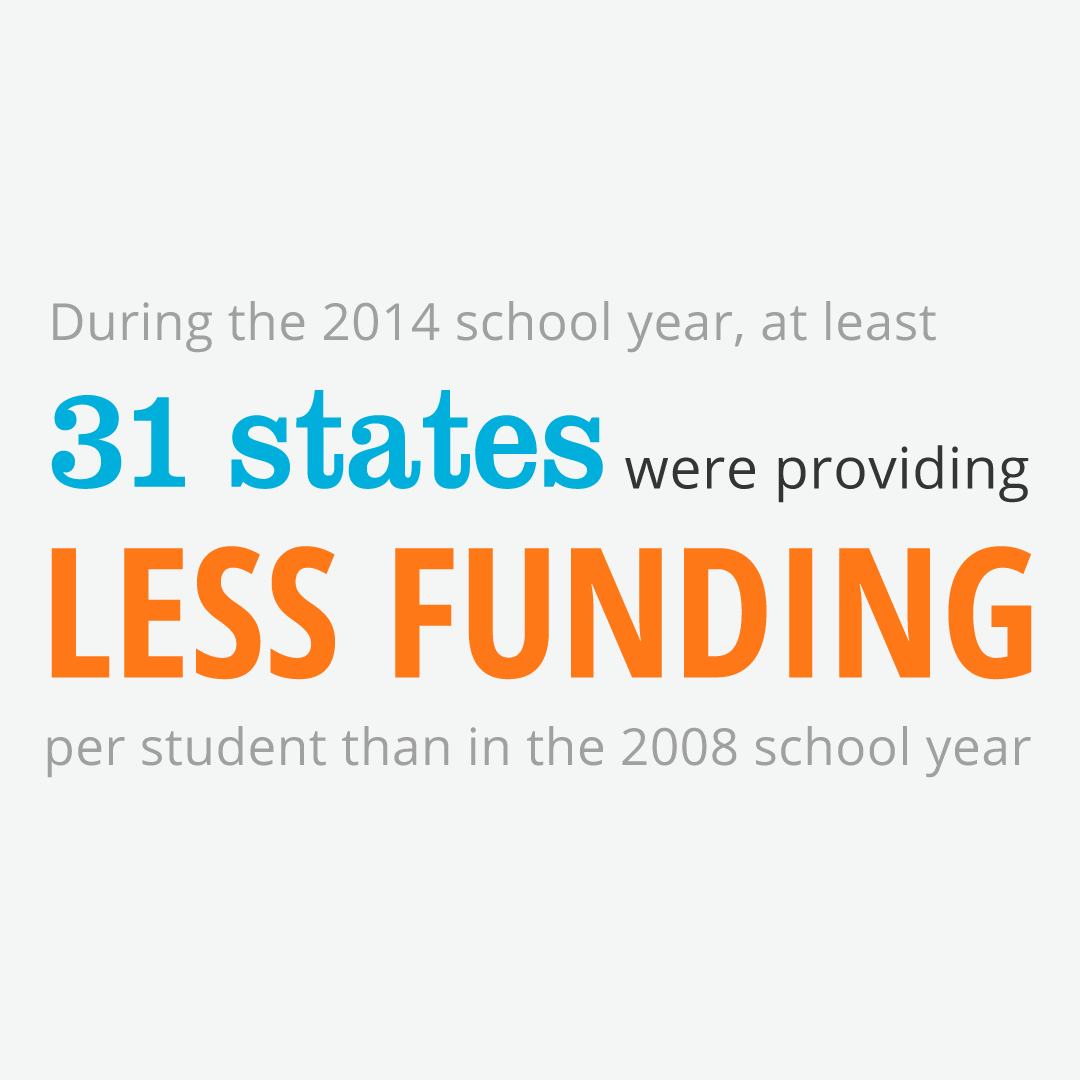This week President Biden released his budget proposal for Fiscal Year (FY) 2023, which begins on October 1st. Historically, president’s budget requests offer a glimpse at the Administration’s priorities, however it will be incumbent on Congress to develop a final package over the upcoming months.
Overall, the FY23 budget request totals $5.8 trillion, with $1.64 trillion in discretionary spending. The discretionary spending request is a 9 percent increase over the $1.5 trillion enacted in the just passed FY22 omnibus and is broken out with $829.2 billion in non-defense spending and $813.3 billion in defense spending.
While the non-defense spending represents a 14 percent increase from FY22, the defense spending represents just a 4 percent increase and will likely be adjusted by Congress. The budget request also seeks to build on some of the successes from the Infrastructure Investment and Jobs Act by increasing funding for both the Environmental Protection Agency and the Department of Transportation.
Throughout the budget, climate change remains a theme, with a total of $45 billion requested across the federal government to prepare and respond to extreme weather events, include $18 billion for climate resilience programs and $17 billion for climate research. However, the budget does avoid any specific funding request for President Biden’s signature Build Back Better legislation.
The Biden Administration estimates that the budget would result in a $1.3 trillion decrease to the deficit. The budget request would implement a 15 percent minimum tax on corporate profits, increase the overall corporate tax rate to 28 percent, and create a 20 percent minimum tax on households worth more than $100 million. These tax changes, and others, are estimated to net $2.5 trillion over the next decade if they were to be implemented.
With the President’s budget for FY23 now available, Congress can now kick off the budget cycle for the upcoming fiscal year and budget hearing already began earlier this week.
A breakdown by agency is below:
Department of Transportation
The budget requests $105 billion in for the Department of Transportation (DOT), including about $27 billion in discretionary funding. When combined with the $36.8 billion in advance funding provided by the Infrastructure Investment and Jobs Act (IIJA), budget authority totals about $142.3 billion. This figure represents an increase from the $140.7 billion in budget authority enacted for FY22.
Included under the increase in discretionary programs is:
- $17.9 billion for the Federal Railroad Administration (FRA), a substantial increase from FY22’s $3.3 billion appropriation. This total includes $7.4 billion for Amtrak;
- $21.1 billion for the Federal Transit Administration (FTA), a 26% increase from the $16.2 billion included in the FY22 spending bill. Of that total, $4.5 billion would go toward Capital Investment Grants (CIG);
- $23.6 billion for the Federal Aviation Administration (FAA), including $11.9 billion for operations and $17.5 million to address aircraft certification reform legislation.
- $230 million for the Port Infrastructure Development Program, a decrease from the $234 million included in the FY22 omnibus legislation.
- $1 billion for the new National Electric Vehicle Infrastructure formula program created by the IIJA.
- $1.3 billion for the new Carbon Reduction program, which was also created by the IIJA.
In keeping with the administration’s emphasis on equity, the budget requests $110.7 million for the Thriving Communities program, which focuses on building capacity in disadvantaged communities, and $350 million for the Rural Surface Transportation Grant program.
Unlike some other plus ups in the budget, increased funding at the Department of Transportation is already supported by the IIJA and therefore the increased funding levels should also have support from Congress.
Environmental Protection Agency
The President’s budget requests a $2.6 billion increase for the Environmental Protection Agency (EPA), bringing the agency’s funding up to $11.9 billion for FY23 if enacted. This includes $4 billion dedicated to water infrastructure programs. These funds will support efforts to upgrade drinking water and wastewater infrastructure, creates 20 new targeted water grant programs, and provides a $160 million increase for the Reducing Lead in drinking Water grant program.
More specifically the EPA budget request includes:
- $2.765 billion for the Clean Water and Drinking Water State Revolving Loan Funds, equal to the enacted level;
- $5.73 billion for the State and Tribal Assistance Grants, which is $1.38 billion above the enacted level;
- $ 126 million to address PFAS, which is $57 million above the enacted level; and
- $80 million for the EPA’s WIFIA program, which is $10.5 million above the enacted level.
U.S. Army Corps of Engineers
The FY23 budget request calls for $6.6 billion for the U.S. Army Corps of Engineers (USACE), which is less than the $8.3 billion included in the FY22 spending package. This baseline number is meant to complement the $17 billion investment for ports and inland waterways included in the IIJA. The proposal would provide $1.7 billion for the Harbor Maintenance Trust Fund, $35 million for flood control and coastal emergencies, $407 million for restoring Florida’s Everglades.
The budget request outlines objectives such as increasing resiliency to climate change and advancing equity and environmental justice. The budget invests in helping communities identify risks linked to climate change and improving the resiliency of USACE’s infrastructure. Additionally, the budget invests in technical assistance, studies, and projects to address water resources challenges in disadvantaged communities, a priority which aligns with the administration’s Justice40 Initiative.
Department of Energy
The Department of Energy’s (DOE) budget request is $48.2 billion, which is $3.3 billion above the enacted level. This follows an $81 billion five-year investment in DOE programs through IIJA. The budget request provides $4 billion for DOE’s Office of Energy Efficiency and Renewable Energy, including $90 million for a new Grid Deployment office to build a more reliable and resilient energy grid which will increase utilization of renewable energy sources.
It also provides $9.2 billion for clean energy research, development, and demonstration which will support transmission and distribution technology for clean energy, improve energy efficiency in industry and buildings, and utilize the capabilities of national laboratories, universities, and business to achieve the goal of net-zero carbon emissions by 2050.
The request for the Department of Energy’s (DOE) Office of Science is $7.8 billion, at 4% increase of the final FY 2022 of 7.5 billion. The bulk of the increase will go to the biological and environment research (BER) program, a 10.9% boost, to $904 million. BER funds DOE’s work on climate modeling and simulations.
Department of the Interior
The Department of the Interior’s budget allocation is $18.1 billion in FY23, an increase of $2.9 billion above the enacted level. This includes $5 billion for climate adaptation and resilience programs to address the challenges created by climate change. These investments include $1.5 billion for wildfire management programs, and $675 million for Western water infrastructure to strengthen drought resilience. The National Park Service (NPS) would receive $3.6 billion, a $492.5 million increase above the enacted level, including more than $1.2 billion for repair, rehabilitation, and construction projects, and $6.9 million to improve NPS bandwidth and network capacity.
Science Agencies
The President’s budget request is asking for a 19% increase at the National Science Foundation (NSF), a 9.6% boost for the National Institutes of Health (NIH), 4.5% more for the Department of Energy’s (DOE’s) Office of Science, and a 5% hike for NASA’s science missions. Climate change and boosting sustainable energy technologies rank high among Biden’s research priorities.
The budget request for the National Science Foundation (NSF) sends a clear message to Congress: he supports pending legislation to revamp and increase support for the agency. The $10.5 billion he has proposed for 2023, a 12% increase over the $8.8 billion final FY 2020, is consistent with aspirational spending levels in pending America COMPETES legislation, which is intended to help to the United States outcompete China and the President has urged Congress to complete.
The request also revives NSF’s plan to spend $200 million on ten regional innovation engines. Twice the size of NSF’s current engineering and science centers, the new centers are designed not just to advance emerging technologies, but also address the workforce and economic needs of various regions of the country.
This year’s spending bill encourages NSF to start one center, from existing funds. The plan would also grow by more than one-third the annual size of NSF’s flagship graduate training program, increasing the number of new graduate research fellowships (GRFs) from 2000 to 2750.
The National Institute of Standards and Technology (NIST) would get a big boost to both its research and industrial programs by expanding funding to $1.47 billion, a 38% increase of the final FY 2022 of $1.23 billion. Included is $100.6 million for NIST’s Cybersecurity and Privacy activities, an increase of $20.1 million, to strengthen the security through foundational and applied cybersecurity research and developing publicly available frameworks, standards, and technical guidance.
For FY 2023, the Administration is requests is $6.8 billion for the National Oceanic and Atmospheric Administration (NOAA), an increase of $1.4 billion in the final FY 2022 budget and would represent the largest budget in the agency’s history if approved. This budget increase is designed to allow NOAA to engage a broader scope of decision-makers from the federal to the local level and allow them to implement climate resiliency and adaptation measures.
For example, the request includes an additional $350 million to implement President Biden’s Executive Order entitled Tackling the Climate Crisis at Home and Abroad. Additionally, NOAA will be able to help invigorate new sectors of our economy through enhanced climate, satellite, and ocean data, as well as ensure that all communities are able to utilize and benefit from our products and services.
The request for the National Aeronautics and Space Administration (NASA) $26 billion, the largest request for science in the space agency’s history. The figure is 8% more than the FY 2023 enacted federal spending levels. Included is $8 billion for the agency’s science directorate, a 17% boost for the earth sciences program, to $2.4 billion. Within that, the budget for the Plankton, Aerosol, Cloud, Ocean Ecosystem satellite to study marine plankton and clouds would grow by 38%, to $113 million, in preparation for a 2024 launch.
The Administration proposes $1.7 billion fiscal year 2023 budget for the U.S. Geological Survey (USGS). The request is an increase over the enacted FY 2022 budget of $1.6 billion and is designed to promote the USGS’s ability to deliver science that addresses the climate crisis, contributes to the Nation’s economic growth, and supports the science needs of our underserved communities.
Department of Education
The Administration’s FY 2023 budget request includes $88.3 billion for the Department of Education, an $11.9 billion increase over the FY 2022 enacted amount of $76.4 billion. The proposal increases K-12 direct education programs by 15.6%. This includes increases to a number of science-technology-engineering-mathematics (STEM) grant programs.
The increase also includes those targeted a college students including Increasing the Pell Grant, investing in student retention and completion programs, and investing in underserved students by providing $487 million for the Strengthening Historically Black Colleges and Universities (HBCUs), $83.1 million in Tribal Colleges and Universities (TCUs), and $627.6 million in Minority Serving Institutions (MSIs); and providing a $450 million investment to expand research and development infrastructure at four-year HBCUs, TCCUs, and MSIs.























































